Monastery Of Sant Jeroni De Cotalba on:
[Wikipedia]
[Google]
[Amazon]

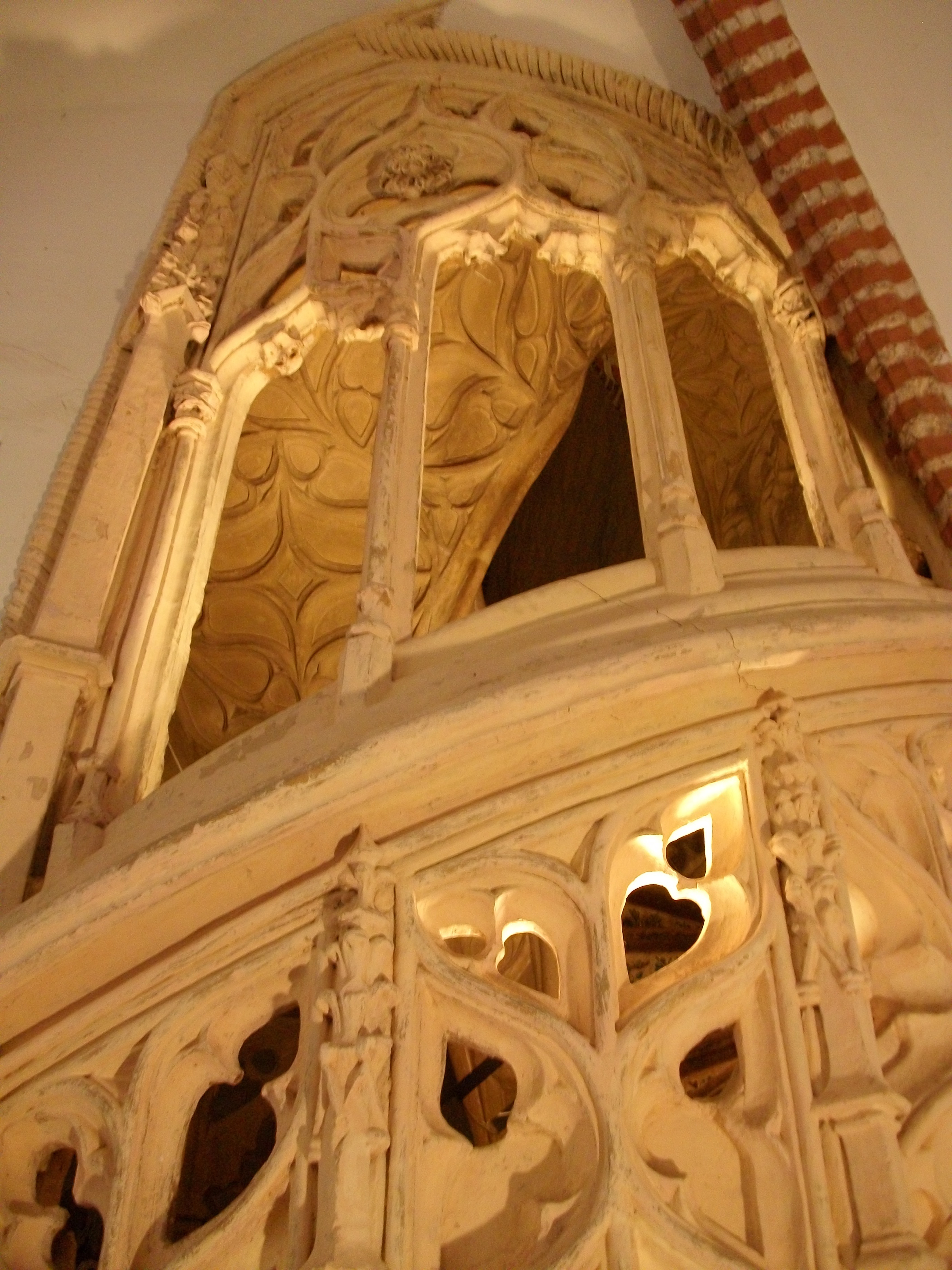
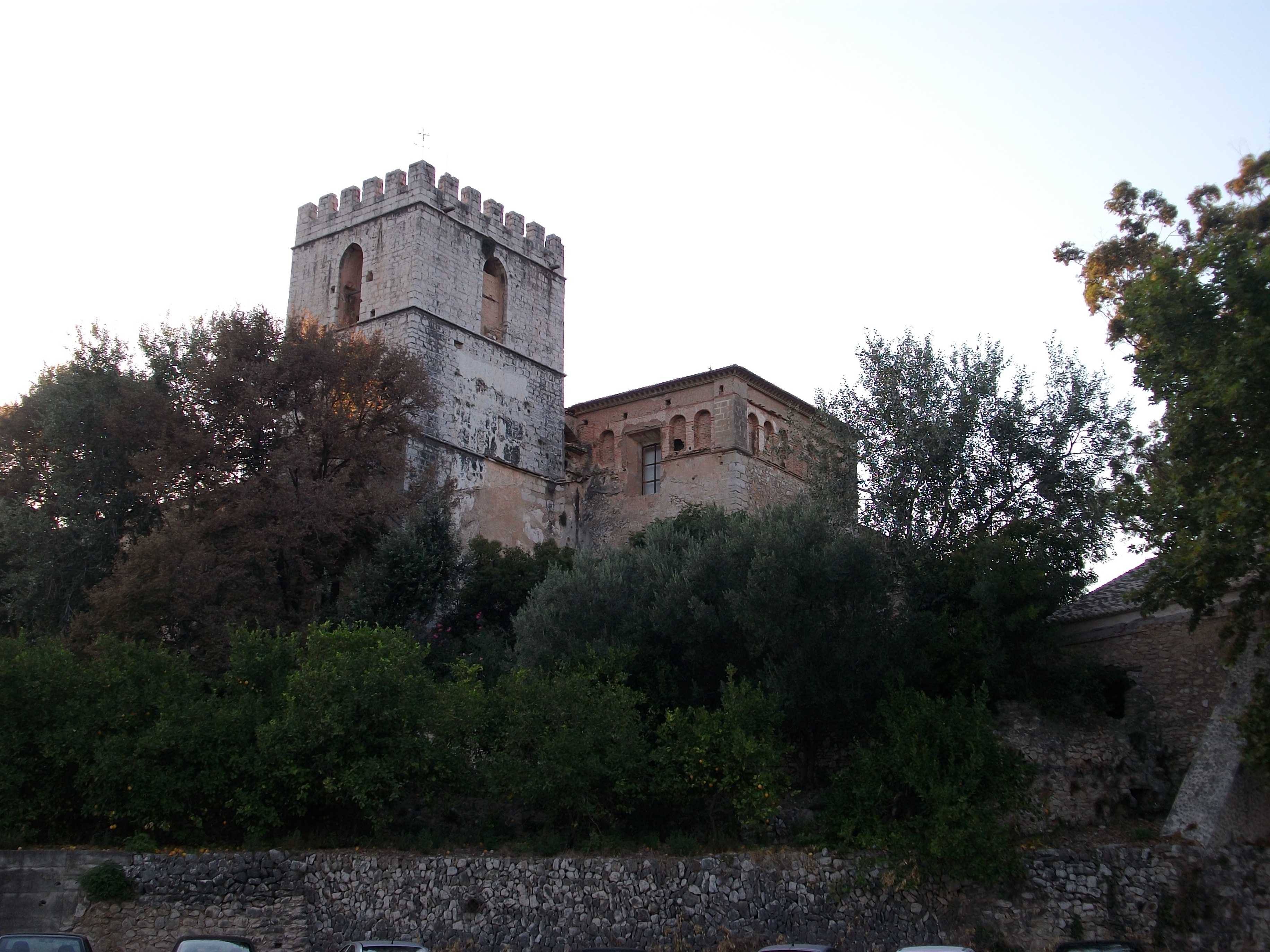

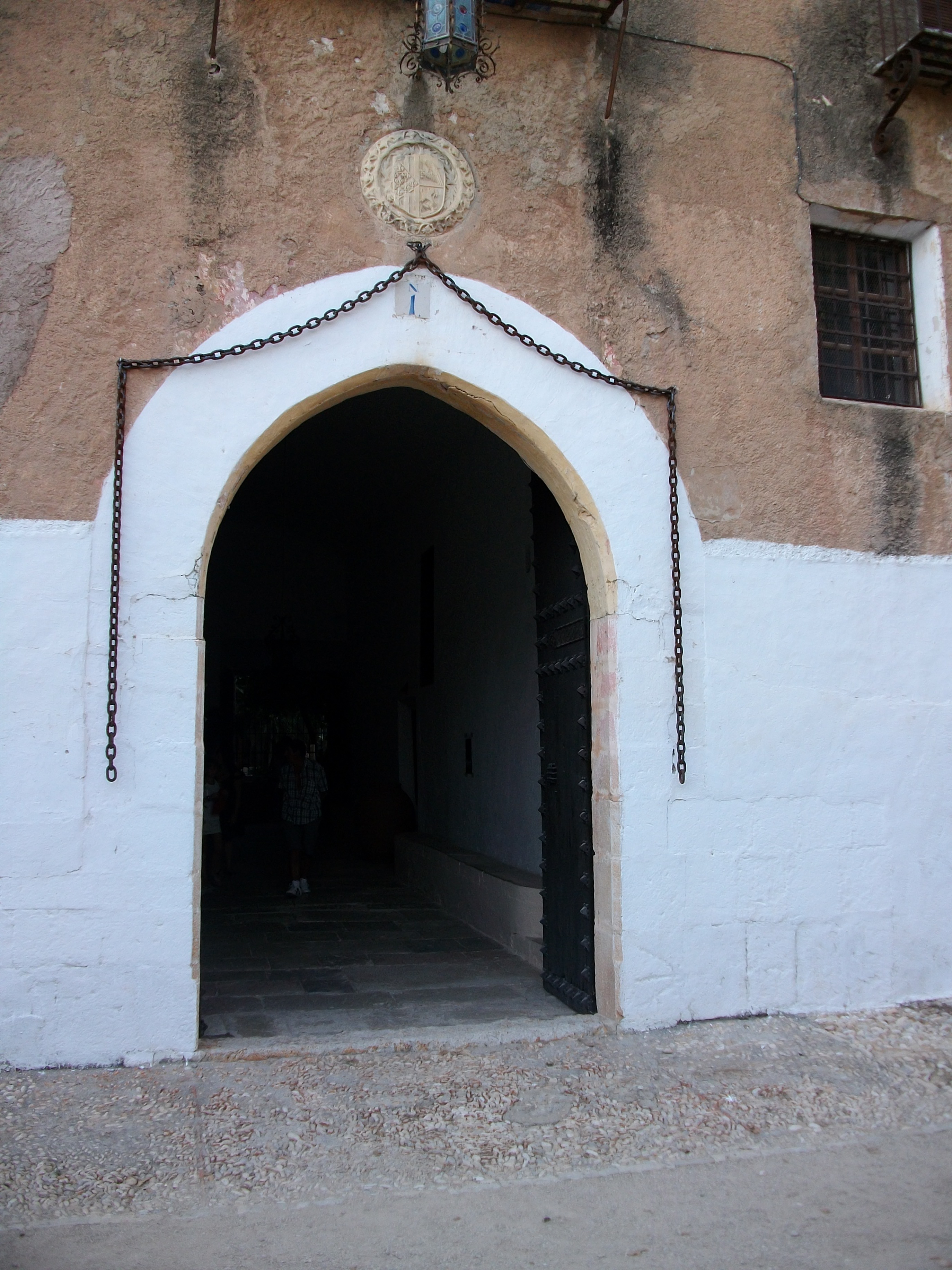

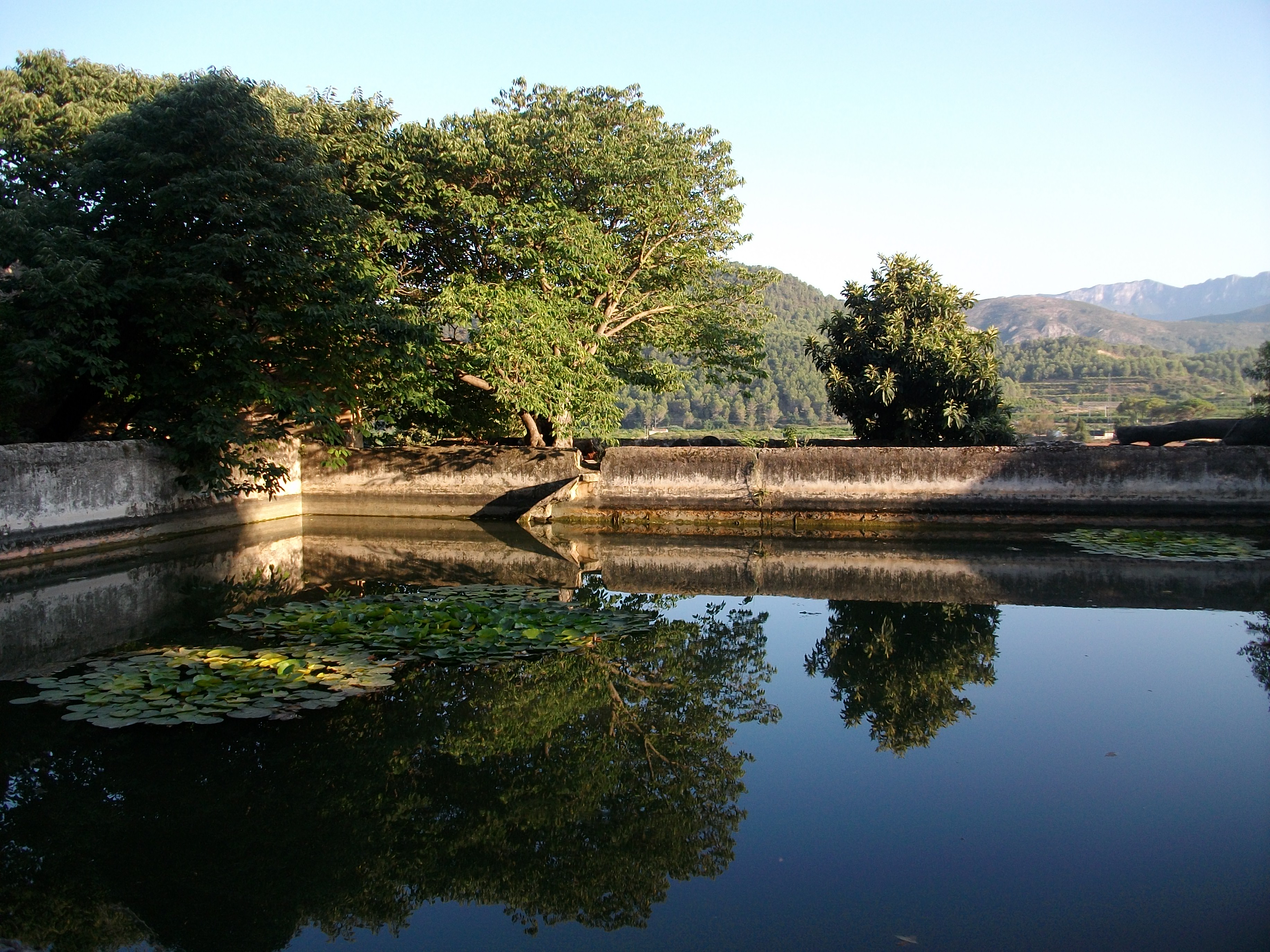
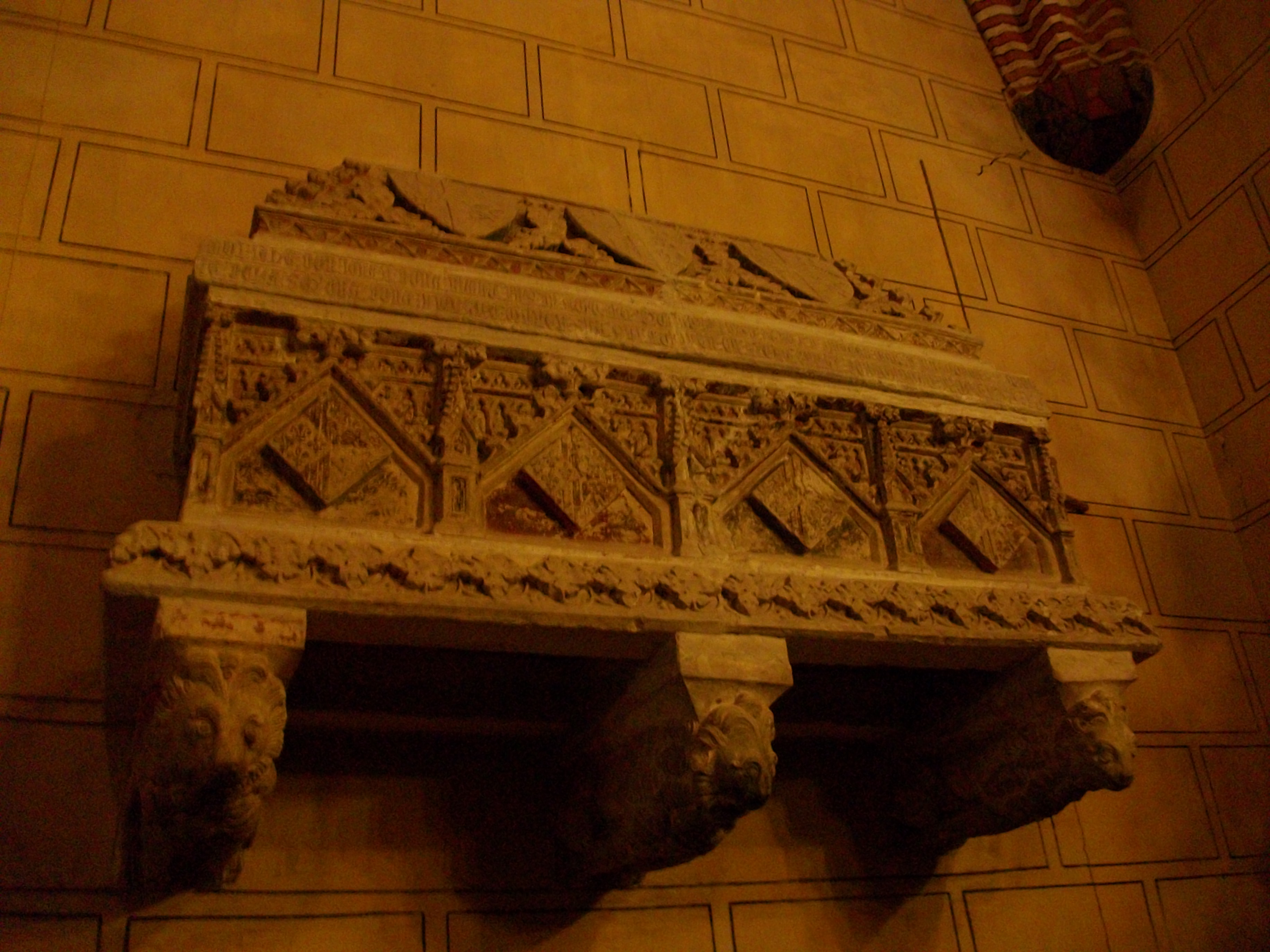

 The Monastery of Sant Jeroni de Cotalba (; es, San Jerónimo de Cotalba, "Saint Jerome of Cotalba") is a monastic building of
The Monastery of Sant Jeroni de Cotalba (; es, San Jerónimo de Cotalba, "Saint Jerome of Cotalba") is a monastic building of



Valencian Gothic
Valencian Gothic is an architectural style. It occurred under the Kingdom of Valencia between the 13th and 15th centuries, which places it at the end of the European Gothic period and at the beginning of the Renaissance. The term "Valencian G ...
, Mudéjar
Mudéjar ( , also , , ca, mudèjar , ; from ar, مدجن, mudajjan, subjugated; tamed; domesticated) refers to the group of Muslims who remained in Iberia in the late medieval period despite the Christian reconquest. It is also a term for ...
, Renaissance
The Renaissance ( , ) , from , with the same meanings. is a period in European history marking the transition from the Middle Ages to modernity and covering the 15th and 16th centuries, characterized by an effort to revive and surpass ideas ...
, Baroque
The Baroque (, ; ) is a style of architecture, music, dance, painting, sculpture, poetry, and other arts that flourished in Europe from the early 17th century until the 1750s. In the territories of the Spanish and Portuguese empires including t ...
and Neoclassical styles constructed between the 14th and 18th centuries, located in the municipal area of Alfauir
Alfauir (; es, Alfahuir) is a municipality in the ''comarca'' of Safor in the Valencian Community, Spain.
Main sights
*Monastery of Sant Jeroni de Cotalba, constructed between the 14th and 18th centuries.
*Church of the Mare de Déu del Roser ...
, (Valencia
Valencia ( va, València) is the capital of the Autonomous communities of Spain, autonomous community of Valencian Community, Valencia and the Municipalities of Spain, third-most populated municipality in Spain, with 791,413 inhabitants. It is ...
), Spain
, image_flag = Bandera de España.svg
, image_coat = Escudo de España (mazonado).svg
, national_motto = ''Plus ultra'' (Latin)(English: "Further Beyond")
, national_anthem = (English: "Royal March")
, i ...
, about 8 km. from the well-known city of Gandia
Gandia ( es, Gandía) is a city and municipality in the Valencian Community, eastern Spain on the Mediterranean. Gandia is located on the Costa del Azahar (or ''Costa dels Tarongers''), south of Valencia and north of Alicante. Vehicles can acce ...
.
History
The monastery of Sant Jeroni de Cotalba is one of the most historic monastic constructions inValencia
Valencia ( va, València) is the capital of the Autonomous communities of Spain, autonomous community of Valencian Community, Valencia and the Municipalities of Spain, third-most populated municipality in Spain, with 791,413 inhabitants. It is ...
and located near Alfauir, a village about eight kilometres outside Gandia
Gandia ( es, Gandía) is a city and municipality in the Valencian Community, eastern Spain on the Mediterranean. Gandia is located on the Costa del Azahar (or ''Costa dels Tarongers''), south of Valencia and north of Alicante. Vehicles can acce ...
.
It has its origin in Xàbia
() or () is a coastal town and municipality in the ''comarca'' of Marina Alta, in the province of Alicante, Valencia, Spain, by the Mediterranean Sea. Situated on the side of the Montgó Massif, behind a wide bay and sheltered between two rocky ...
. In 1374 Pope Gregory XI
Pope Gregory XI ( la, Gregorius, born Pierre Roger de Beaufort; c. 1329 – 27 March 1378) was head of the Catholic Church from 30 December 1370 to his death in March 1378. He was the seventh and last Avignon pope and the most recent French pope ...
authorized the foundation of a monastery to the hermit of Xàbia, who belonged to the Hiernymite order. The duke Alfonso of Aragon granted the grounds to the building. The monastery was attacked by pirates in 1387. Therefore, the monks feared to return there. For that reason in 1388 Alfonso of Aragon bought the territories of Cotalba from the Muslims, which were more protected and he donated them to the Hieronmyte monks of Xàbia. They moved to Cotalba and Alfonso of Aragon founded the monastery in 1388. In 1388 Alfonso of Aragon and Foix
Alfonso de Aragón y Foix (1332 - Gandia, 5 March 1412) Iglesias Costa, Manuel (2001) ''Historia del condado de Ribagorza'' . p. 267. Huesca: Instituto de Estudios Altoaragoneses: Diputación de Huesca. . also called Alfonso I of Gandía "the old" ...
, Royal Duke of Gandia
Duke is a male title either of a monarch ruling over a duchy, or of a member of royalty, or nobility. As rulers, dukes are ranked below emperors, kings, grand princes, grand dukes, and sovereign princes. As royalty or nobility, they are ranke ...
, constructed a fortress to protect the monastics from attacks by Berber pirates. Tradition claims Saint Vincent Ferrer
Vincent Ferrer, OP ( ca-valencia, Sant Vicent Ferrer , es, San Vicente Ferrer, it, San Vincenzo Ferreri, german: Sankt Vinzenz Ferrer, nl, Sint-Vincent Ferrer, french: Saint Vincent Ferrier; 23 January 1350 – 5 April 1419) was a Valencian D ...
preached publicly from the monastery. The father, Pere March
Pere March ( — 7 June 1413) was a Valencian poet. He was the father of Ausiàs March and the uncle of Arnau March.
Pere's family had been lawyers and officers of the court of the Kingdom of Aragon. Born in Valencia, he was seemingly the young ...
, and the two wives of the well-known Valencian medieval poet Ausiàs March
Ausiàs March (Catalan and ; 1400March 3, 1459) was a medieval Valencian poet and knight from Gandia, Valencia. He is considered one of the most important poets of the "Golden Century" (''Segle d'or'') of Catalan/Valencian literature.
Biog ...
are buried in this monastery.
In the 16th century the monastery came under the protection of the House of Borgia
The House of Borgia ( , ; Spanish and an, Borja ; ca-valencia, Borja ) was an Italian-Aragonese Spanish noble family, which rose to prominence during the Italian Renaissance. They were from Valencia, the surname being a toponymic from the town ...
. The Duchess of Gandia, Maria Enriquez de Luna
Maria may refer to:
People
* Mary, mother of Jesus
* Maria (given name), a popular given name in many languages
Place names Extraterrestrial
*170 Maria, a Main belt S-type asteroid discovered in 1877
*Lunar maria (plural of ''mare''), large, da ...
, widow of the duke Giovanni Borgia and daughter-in-law of the Pope Alexander VI
Pope Alexander VI ( it, Alessandro VI, va, Alexandre VI, es, Alejandro VI; born Rodrigo de Borja; ca-valencia, Roderic Llançol i de Borja ; es, Rodrigo Lanzol y de Borja, lang ; 1431 – 18 August 1503) was head of the Catholic Churc ...
, financed the monastery's enlargement such as the upper cloister of late Gothic style or the medieval cistern of the Orange Tree Patio. Later, also Saint Francis Borgia
Francis Borgia ( ca-valencia, Francesc de Borja; es, Francisco de Borja; 28 October 1510 – 30 September 1572) was a Spanish Jesuit priest. The great-grandson of Pope Alexander VI, he was Duke of Gandía and a grandee of Spain. After t ...
frequented the monastery and his wife, Leonor de Castro, lady and intimate friend of the Empress Isabella of Portugal
Isabella of Portugal (24 October 1503 – 1 May 1539) was the empress consort and queen consort of her cousin Charles V, Holy Roman Emperor, King of Spain, Archduke of Austria, and Duke of Burgundy. She was Queen of Spain and Germany, and La ...
, spent her last days in it recovering from her ailments, where she died on March 27, 1546.
Spanish Renaissance
The Spanish Renaissance was a movement in Spain, emerging from the Italian Renaissance in Italy during the 14th century, that spread to Spain during the 15th and 16th centuries.
This new focus in art, literature,
quotes and science inspired b ...
painter Nicolás Borrás
Friar Nicolás Borrás (1530–1610) was a Spanish Renaissance Catholic monk and painter, active in Valencia.
Biography
Borrás was born in Cocentaina, (Kingdom of Valencia), nowadays in the Province of Alicante. He is one of the best ar ...
was so impressed by his stay at the monastery, he asked for membership in the order has his only payment. He was born in Cocentaina
Cocentaina (, ) is a locality and municipality in the comarca of Comtat, in the province of Alicante, Spain. The village is located between the mountainous Serra de Mariola national park and the Serpis river. Cocentaina is ideally situated for both ...
(Alicante
Alicante ( ca-valencia, Alacant) is a city and municipality in the Valencian Community, Spain. It is the capital of the province of Alicante and a historic Mediterranean port. The population of the city was 337,482 , the second-largest in t ...
). He was a pupil of Juan de Juanes
Vicente Juan Masip (also known as Joan de Joanes) (15071579) was a Spanish painter of the Renaissance period. He is commonly considered the foremost member of the Valencian school of painters.
Masip was born in La Font de la Figuera. His fathe ...
. He is one of the best artists of Valencian monastic painting. The Hieronymite monks of Cotalba called him to paint the greater altarpiece of the church. In this way, he entered in the order. The altarpiece consisted in fourteen tables. There was a sculpture of Saint Jerome in the middle. In addition, he made other altarpieces for the chapels of the church and the chapterhouse. Also he produced paintings for different parts of the monastery. He painted four great linens for the stations of the low cloister. However, the only work conserved in its original place was ''The Saint Supper'' painted in fresco. It is placed in what nowadays is known as the oil mill, that originally was the dining hall (refectory). He took the habit in 1575, and professed final vows the following year. He passed the rest of his life painting, leaving twelve altarpieces in the church alone, and spent his own money to hire sculptors and builders for the monastery's embellishment.
The Ecclesiastical Confiscations of Mendizábal
{{Short pages monitor